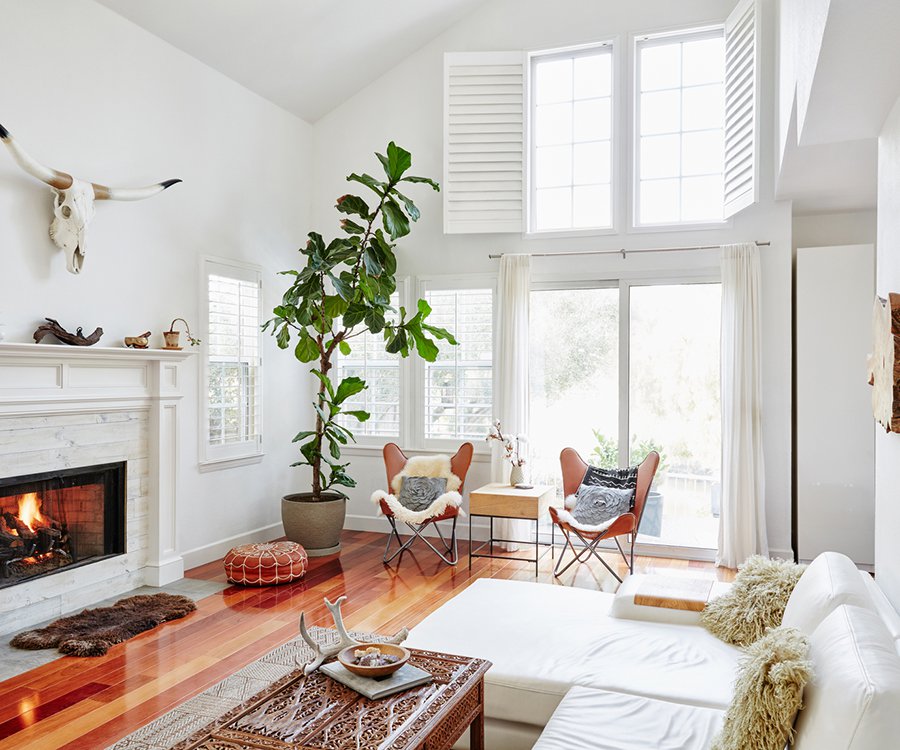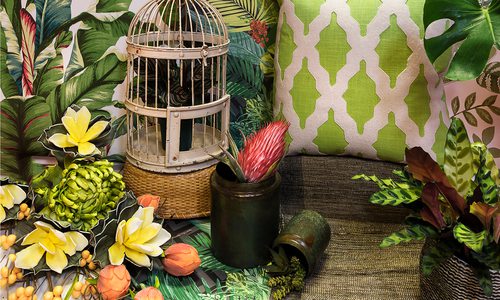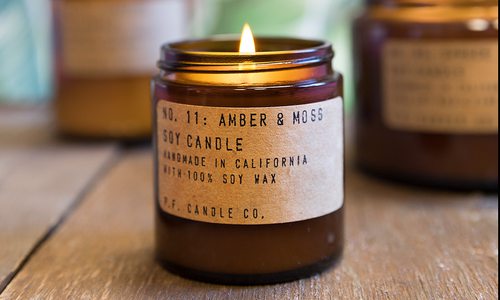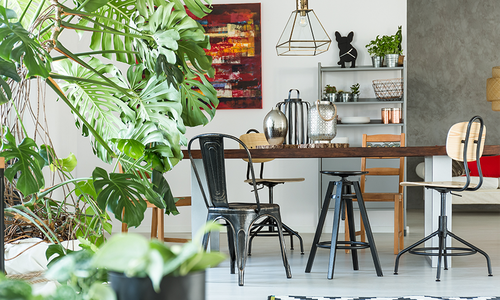
Lifestyle
Breathe Life Into Your Home with House Plants
Learn where to place them, how to incorporate them into existing decor, best care practices and more with the help of Flora & Fern and Wickman’s Garden Village.
By Rebekah Olson
Oct 2017

Fiddle-Leaf Fig
With its big, violin-shaped leaves and waxy, dark-green foliage, the fiddle-leaf fig is certainly fashion-forward.
How Do I Incorporate It Into My Decor?
This plant will grow tall—6 feet or more—but it won’t be bushy, which means it’s perfect for tight corners and high ceilings.
Where Should I Put It?
Place it near a closed window, away from doors and air vents. This ficus is finicky about cold drafts.
How Do I Care for It?
Give it bright, consistent light, and water only when the soil is dry to the touch. Turn the plant every few months and plan to repot it once a year.
Will I Kill It?
Possibly. This plant thrives in warm, wet conditions—which aren’t always easy to provide inside of your home.
Pothos
This vining plant—adorned with pretty, almond-shaped leaves—looks great in a hanging basket, climbing a plant pole or spilling over the edge of a table.
How Do I Incorporate It Into My Decor?
Pothos vines grow to be 6 feet or longer, even when planted in confined pots. So hang yours high with vertical space to droop into.
Where Should I Put It?
In a macrame plant hanger. Pothos grows even in low-light conditions, so you can hang this plant just about anywhere!
How Do I Care for It?
Keep it at normal room temperature and keep the soil slightly on the dry side.
Will I Kill It?
Doubt it—this indoor plant is considered low maintenance, and great for beginners.
Air Plant
There are more than 600 air plant varieties, so you can own a full collection of these succulents. Plus, when they’re happy, they produce fragrant flowers.
How Do I Incorporate It Into My Decor?
Air plants don’t require soil, and most fit in your palm. Hang yours from the ceiling in glass terrariums, or set them on almost any surface for texture.
Where Should I Put It?
Keep them where they receive ample airflow and bright but indirect sunlight. They do best near a bathroom or kitchen window, where they can get a little steam and moisture.
How Do I Care for It?
An air plant absorbs nutrients through its leaves. Mist your plant with some water every day or two, and give it a bath in your kitchen sink once a week.
Will I Kill It?
Nope. Air plants are quite easy to care for.
Monstera Deliciosa
This flowering plant is iconic with split leaves that are practically art. Part evergreen, part statement piece, you can expect huge growth over the years, with long, winding roots outside of the pot.
How Do I Incorporate It Into My Decor?
Give it a bit of room. We suggest using it to replace the end table beside your couch, where it can spread out.
Where Should I Put It?
The Monstera is tolerant of low light and dry air but, again, it takes up a lot of space. Once mature, place it on the floor in the middle of a room.
How Do I Care for It?
Use demineralized water or rainwater instead of tap, and keep steady room temperatures of 70 to 75 degrees.
Will I Kill It?
You can try. In optimal conditions, this philodendron is a vigorous, tolerant grower.
Snake Plant
The leaves of this striking plant are marbled, sword-shaped and upright. It converts carbon dioxide into oxygen both day and night, and has a reputation for removing toxins from indoor air.
How Do I Incorporate It Into My Decor?
The plant’s clutter-free lines make it a popular choice for interiors. Keep it separate from others—standing bold and alone—for a modern look.
Where Should I Put It?
Because it tolerates low and artificial light, you can place it just about anywhere. We suggest putting small snake plants in built-in shelves and larger ones on your bedside table.
How Do I Care for It?
Water moderately from spring to fall and significantly less in the winter.
Will I Kill It?
No way! Its increasing popularity is because of its nearly indestructible qualities—perfect for first-time houseplant owners.












